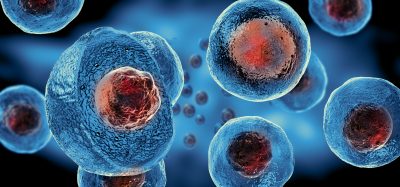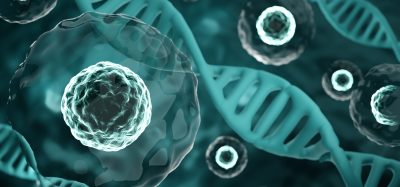Lab-grown liver breakthrough could speed up drug development
Posted: 28 April 2025 | Drug Target Review | No comments yet
Scientists have developed lab-grown liver organoids with functional zonation, a discovery that brings regenerative medicine a step closer to personalised, transplant-free liver therapy.


A team of researchers at Cincinnati Children’s Hospital Medical Center have successfully created lab-grown liver organoids that replicate the liver’s natural zonal structure. Published in Nature , the study details how these human stem cell–derived organoids improved survival in rodents with damaged livers, offering new opportunities for advancing drug testing and future transplant alternatives.
The power of liver zonation
The liver’s ability to efficiently detoxify the blood comes from its unique zonation, three distinct functional regions that specialise in different metabolic tasks. Reproducing this complexity in lab-grown tissue has been one of the major challenges in liver research. Without proper zonation, artificial tissue often lacks the diversity of functions required for effective treatment or study.
In the new study, researchers successfully mimicked this complex structure, developing “multi-zonal” liver organoids that performed more like their natural counterparts.
A leap forward in organoid medicine
Led by Dr Takanori Takebe, Director for Commercial Innovation at Cincinnati Children’s Center for Stem Cell and Organoid Medicine (CuSTOM), the team transplanted the new liver organoids into rodents whose bile ducts had been surgically disconnected. The results showed that the organoid-treated group experienced nearly double the survival rate compared to control animals.
The research community has long needed a better model for studying human liver biology and disease
“The research community has long needed a better model for studying human liver biology and disease,” says Dr Takebe. “This new system paves the way for studying, and eventually treating, a wide range of otherwise fatal liver disorders.”
Dr Takebe has spent more than 13 years pioneering liver organoid research. His lab’s innovations include creating interconnected organoids, engineering gene-modified liver tissues, and finding ways to mass-produce liver organoids for clinical use.
Potential applications in disease modelling and drug development
The immediate impact of this discovery lies in its application for disease modelling and drug testing. These advanced liver organoids could dramatically improve how scientists study conditions such as: diabetes, drug-induced liver injury, alcohol-related liver disease, and viral hepatitis.
Because these organoids reflect human liver structure and function more accurately than rodent models, they could lead to more reliable drug screening and a better understanding of liver pathologies.
A future without organ donation?
Longer term, this breakthrough hints at the possibility of growing liver tissue tailored to individual patients. With over 9,000 Americans currently on liver transplant waiting lists, and about 2,000 dying each year while waiting, lab-grown organoids could one day replace the need for donor organs altogether.
“This discovery is exciting for multiple reasons,” says Dr Aaron Zorn, Co-Director of CuSTOM. “It shows we’ve taken a significant step forward in growing liver tissue in the lab that accurately mimics human liver function. While human liver organoid transplantation remains at least several years away, in the lab, these special tissues may help us find ways to prevent people from ever needing a liver transplant.”
What comes next?
The study offers a wealth of genetic and functional data, including insights down to the single-cell level. Still, researchers emphasise that further work is needed to fully align organoid development with natural human liver formation.
In the long term, research will need to be conducted to develop chemical (rather than genetic) methods to induce zonation, enhance organoid consistency and scalability for widespread use, and apply organoids to personalised medicine and predictive toxicology.
In the short term, one of the most impactful uses may be in drug metabolism studies. With better predictive models, pharmaceutical companies could reduce the risk of liver toxicity in early drug candidates, potentially saving lives and cutting development costs.
While clinical applications are still on the horizon, the successful creation of multi-zonal human liver organoids marks a big moment. As research progresses, this innovation may not only transform how we understand liver disease, but also how we treat it.
Related topics
Cell Cultures, Disease Research, Hepatocytes, In Vivo, Organoids, Regenerative Medicine, Stem Cells
Related conditions
Alcoholic liver disease, Diabetes, Liver disease, viral hepatitis
Related organisations
Cincinnati Children’s Center








